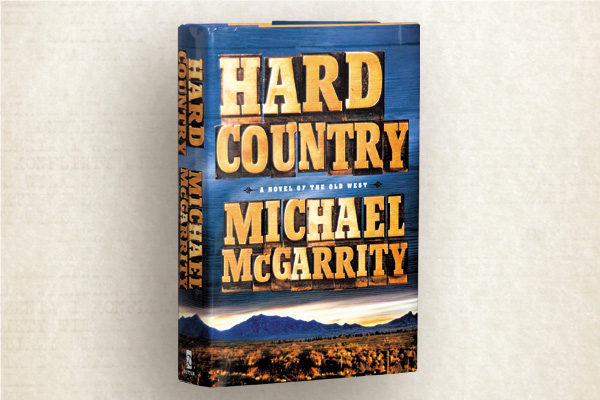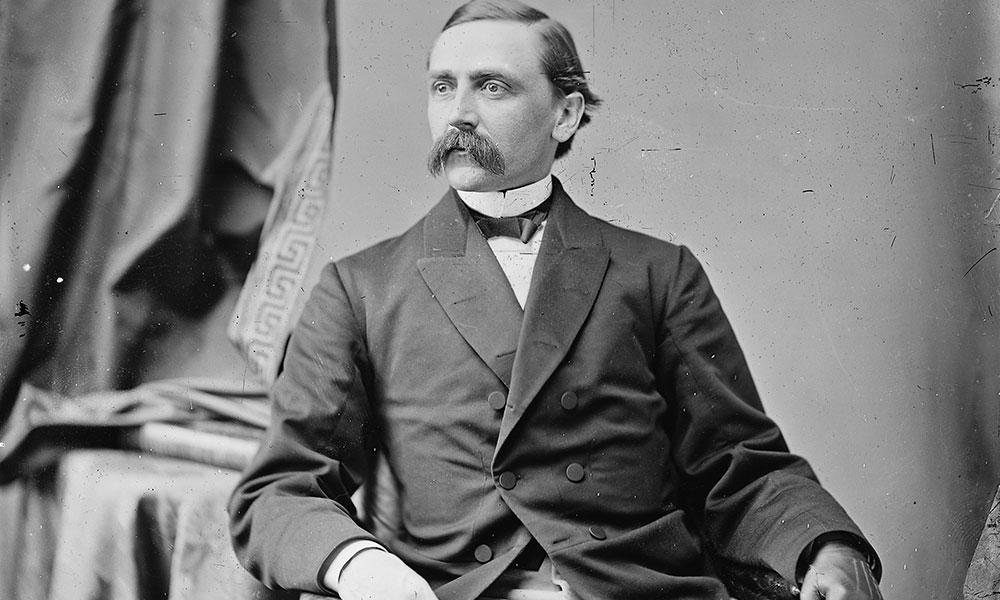What is the Treaty of Hard Labor?
Margaret-Anne Moore
Wilmington, California
The British gained control of the Atlantic seaboard—from what is now Maine to Georgia—as a result of winning the French and Indian War in 1763. That year’s Royal Proclamation forbade white settlement west of that area, a region that stretched from the Upper Midwest through the Deep South, reserving it for the Indian tribes. Of course, settlers ignored the law and pressured the government to relent.
The result: 1768’s Treaty of Hard Labor (a place in South Carolina). The Cherokee agreed to allow whites to settle an area that included most of today’s West Virginia. The Treaty of Fort Stanwix, signed a month later, was made with the Iroquois. It opened what is now Kentucky to the whites. In both cases, the tribes were given money and items as compensation for the land loss.
So what does this have to do with
the American West? The 1768 treaties forced some of these Indians to start moving westward. They would run into problems with the Indians already in those regions, including the Shawnees, Comanches, Kiowas and Pawnees. Still the whites came, to take over those lands either by treaty or force. Eventually, many of the tribes would be relegated to reservations (several in present-day Oklahoma).
So the Treaty of Hard Labor was a precursor to most of the later treaties between the U.S. and Indian tribes—most of which were broken or revised in the whites’ favor.





